Current Fashion Trends in 2025: Redefining Style with Sustainability, Tech, and Personal Expression

Cover and Inside Photo: Fashion in 2025 is a dynamic blend of sustainability, innovation, and personal expression.
Fashion in 2025 is a dynamic blend of sustainability, innovation, and personal expression. As the industry continues to evolve, it reflects broader societal changes — from eco-conscious living to digital integration and a greater focus on inclusivity and individuality. This year’s trends are not just about what’s worn on the runway, but also about how fashion is produced, marketed, and consumed. Let’s dive into the most prominent fashion trends defining 2025.
- Sustainable and Circular Fashion
Sustainability is no longer just a buzzword — it’s the foundation of modern fashion. In 2025, brands are taking responsibility for their environmental impact more seriously than ever. Circular fashion, which focuses on the entire lifecycle of garments, has gained major traction. This includes upcycling, clothing rental services, repair and resale platforms, and biodegradable materials.
Designers are embracing natural dyes, plant-based fabrics like hemp and bamboo, and lab-grown alternatives to leather and wool. Labels like Stella McCartney, Reformation, and Pangaia continue to lead in this area, while even fast fashion giants like H&M and Zara are investing heavily in recycling programs and sustainable collections.
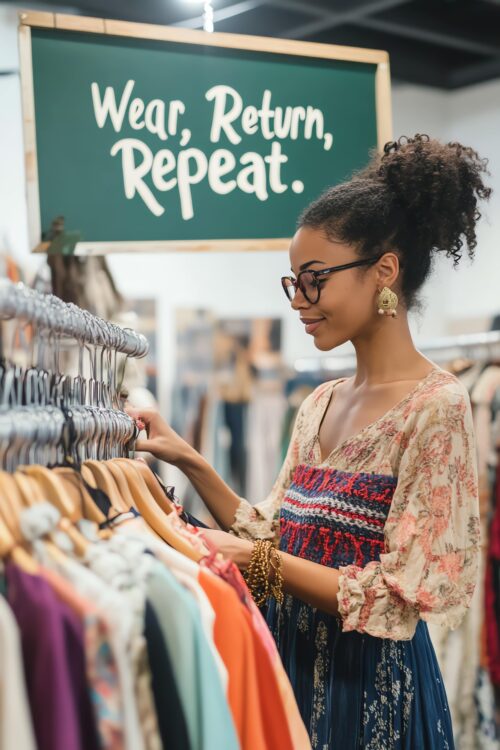
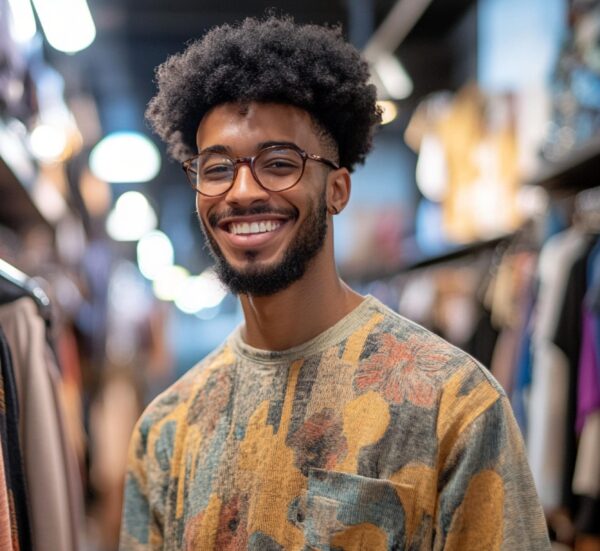
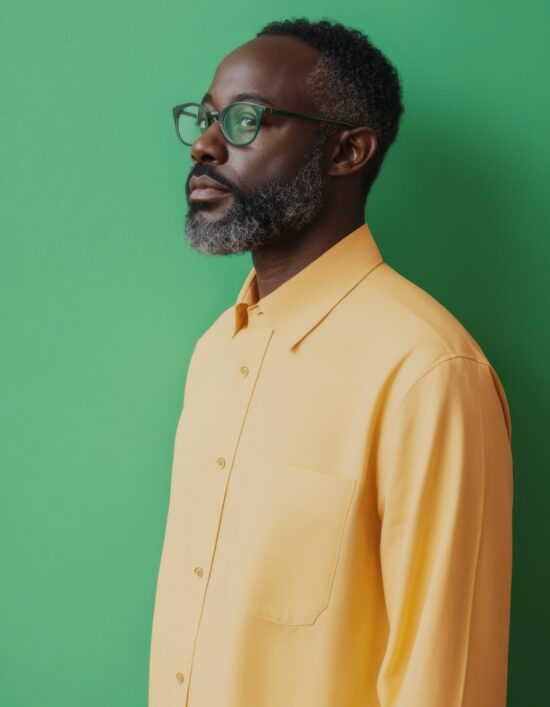
- Quiet Luxury and Minimalism
Quiet luxury, characterized by understated elegance and premium quality, has overtaken flashy logos and bold branding. This trend is defined by clean lines, timeless silhouettes, and neutral color palettes — think cashmere knits, tailored blazers, wide-leg trousers, and buttery leather accessories. Brands like The Row, Loro Piana, and Toteme exemplify this aesthetic, prioritizing craftsmanship over excess.
The rise of “stealth wealth” — looking rich without showing it — was popularized by celebrities and hit shows like Succession, and it continues to resonate in 2025. This trend highlights how the fashion-forward are gravitating toward pieces that whisper rather than shout.
- Tech-Infused Fashion
As technology becomes more embedded in our daily lives, it’s also influencing fashion in remarkable ways. From smart textiles that regulate temperature to garments embedded with fitness-tracking sensors, wearable tech has grown more sophisticated and stylish.
Augmented reality (AR) and virtual try-on tools are now standard in online shopping experiences, reducing returns and allowing consumers to visualize outfits in real time. Some brands have even introduced digital clothing, NFTs, and virtual collections for avatars in the metaverse, reflecting a future where fashion transcends the physical realm.
Additionally, 3D printing is making custom-fitted clothing more accessible, minimizing waste and revolutionizing the supply chain. Tech isn’t just a novelty anymore — it’s a key pillar in both design and functionality.
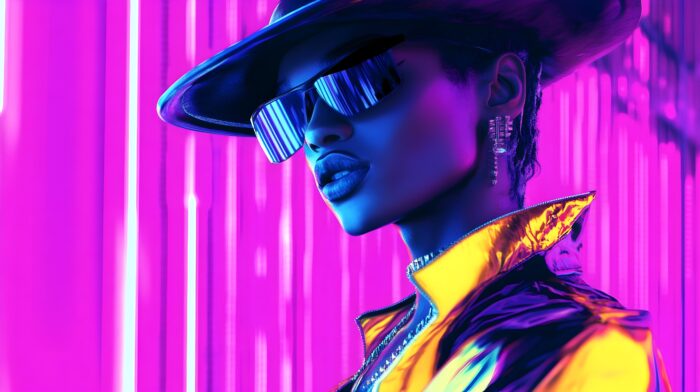
- Genderless and Inclusive Fashion
The boundaries between menswear and womenswear are continuing to blur. In 2025, gender-neutral collections are the norm rather than the exception. Fashion houses and independent designers alike are reimagining silhouettes, color palettes, and fit standards to be more inclusive.
Labels like Telfar, Collina Strada, and Ludovic de Saint Sernin are at the forefront, challenging outdated gender norms. Meanwhile, sizing inclusivity is finally being taken seriously, with more brands offering extended sizes and adaptive clothing for people with disabilities.
This shift isn’t just about representation — it’s a recognition that style has no gender or body type, and everyone deserves to feel confident and catered to.
- Y2K Revival: Still Going Strong
The early 2000s revival isn’t going anywhere. Low-rise jeans, butterfly motifs, mini skirts, halter tops, and chunky sneakers remain popular, especially among Gen Z and Gen Alpha fashionistas. Brands like Blumarine, Diesel, and Miu Miu continue to reimagine Y2K aesthetics with a modern twist — often combining nostalgic silhouettes with luxurious fabrics and refined tailoring.
This ongoing trend speaks to the cyclical nature of fashion, where each generation finds new ways to reinterpret the past. The Y2K wave, however, has grown more diverse and experimental in 2025, incorporating futuristic details like metallics, mesh, and reflective fabrics.
- Statement Accessories and Maximalism
While minimalism is strong, maximalism is having its own moment — especially in the world of accessories. Chunky jewelry, oversized bags, bold sunglasses, and brightly patterned scarves are being used to elevate simpler outfits. It’s all about expressing personality through the details.
The “dopamine dressing” trend that began during the pandemic — wearing bright, joyful clothes to boost mood — continues to influence style choices, particularly in spring and summer collections. Vibrant hues like electric blue, fiery red, and acid green are dominating both streetwear and couture.
- Workleisure: Blending Office and Off-Duty
The hybrid work lifestyle has given rise to “workleisure” — clothing that bridges the gap between professional polish and relaxed comfort. Think soft suiting, elastic-waist trousers, elevated joggers, knit polos, and tailored blouses in breathable fabrics. These are pieces you can wear to a meeting and to a café afterwards.
Brands like COS, Everlane, and Uniqlo are excelling in this space, offering versatile staples that look sharp but feel like loungewear. Comfort and utility are key — no more suffering for style.
- Artistic Prints and Handcrafted Details
Hand-painted prints, embroidery, quilting, and patchwork are making a strong comeback, thanks to a renewed appreciation for craftsmanship. As people move away from mass-produced fast fashion, there’s a growing desire for pieces that feel unique and meaningful.
Designers are collaborating with artists, artisans, and cultural collectives to create garments that tell stories and celebrate heritage. This trend highlights the growing demand for authenticity and a return to the roots of slow fashion.

- Denim Reinvented
Denim is being reworked in imaginative ways — think asymmetric cuts, unexpected colors, and experimental textures. Patchwork jeans, denim corsets, maxi skirts, and double-denim ensembles are especially popular in 2025.
Raw denim and vintage washes are also making a comeback, as consumers gravitate toward timeless, high-quality denim that only gets better with age. Brands like Acne Studios, Balenciaga, and Ganni are leading the charge in this denim renaissance.
- Cultural Fusion and Global Influence
Globalization continues to influence fashion, with designers borrowing and blending elements from different cultures in respectful and meaningful ways. Afro-futurism, East Asian minimalism, South American textiles, and South Asian embellishments are inspiring some of the most innovative collections.
This cultural fusion is not about appropriation but appreciation, often rooted in collaborations with communities and artisans who bring authenticity to the designs.
Final Thoughts
Fashion in 2025 is more than clothing — it’s a statement of values, identity, and innovation. Whether it’s through sustainable practices, boundary-pushing tech, or inclusive sizing, the industry is moving in a direction that prioritizes purpose and personality.
Style today isn’t dictated by runways alone — it’s shaped by creators on social media, everyday consumers, and the global dialogue around culture and change. And if one thing is clear, it’s that fashion is no longer just about looking good — it’s about feeling empowered, connected, and authentic.
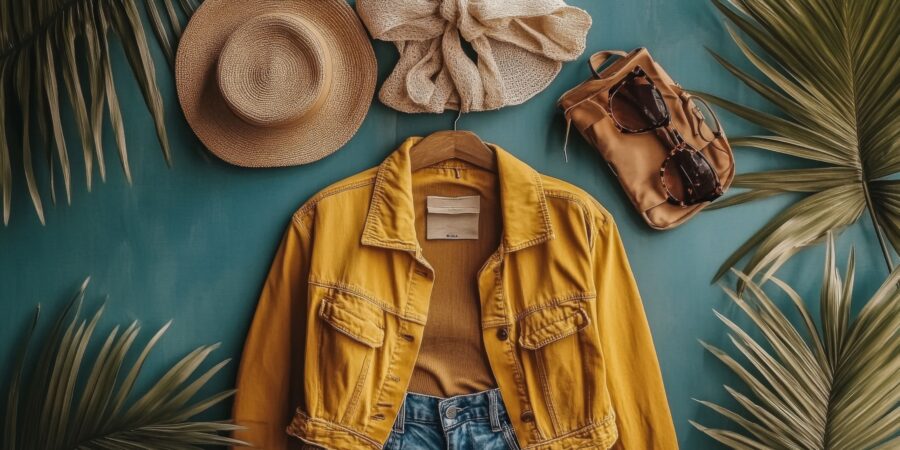
All images and text generated by AI.






